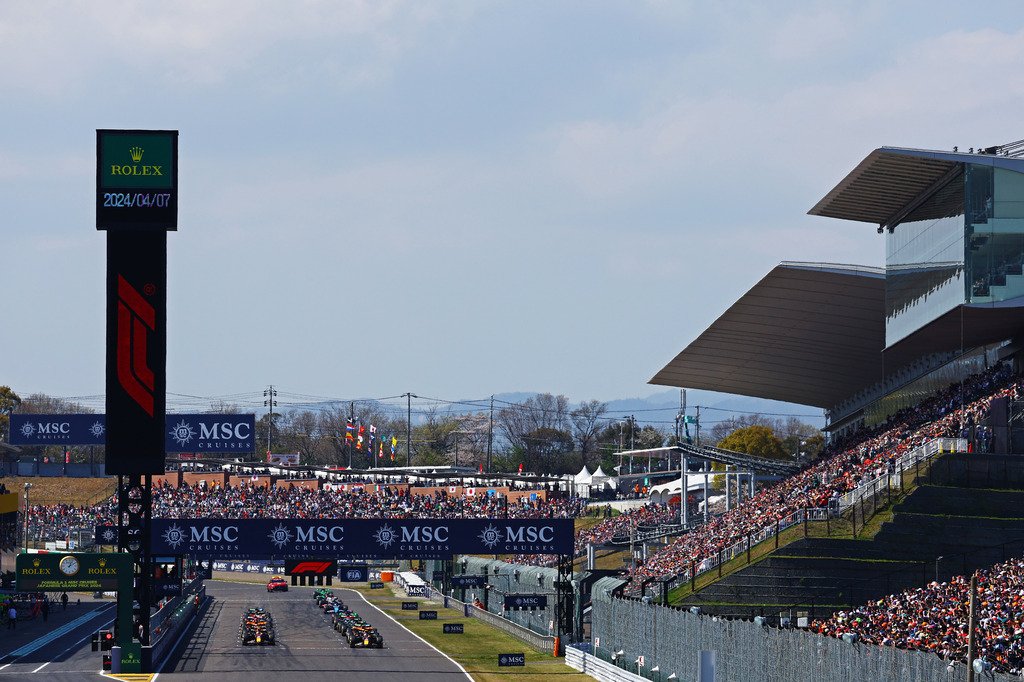Suzuka to be Repaved Before Next F1 Start
Suzuka will undergo some modifications before the next F1 start this spring. Last week, the repaving of the track began. According to Japanese media, the new pavement will improve tire grip and wear. Lap times at Suzuka are expected to be at least one second faster. Improvements will also be made to the track’s drainage system.
Suzuka is one of the most iconic tracks in motorsports. The circuit hosted its first F1 start in 1987. Until the end of 2006, Suzuka continuously hosted the Japanese Grand Prix. Over the years, numerous epic races and wheel-to-wheel battles have occurred here. One of the most memorable moments at Suzuka is when Michael Schumacher won his first world title with Ferrari at the end of 2000.
After the 2006 season, Suzuka underwent serious reconstruction. Because of this, the track was not included in the F1 calendar for the next two seasons. In the spring of 2009, the unique course returned and once again hosted the Japanese Grand Prix. The event was canceled in 2020 and 2021 due to the COVID-19 pandemic.
Suzuka is one of the classic tracks on the F1 calendar. It is quite narrow and has small safety zones, mainly composed of gravel and grass. Therefore, any driving error on this track can be very costly and may end with a crash into the walls, which are super close in some places.
In recent years, Suzuka has received significant criticism from drivers and teams due to its not-so-modern infrastructure and the condition of the asphalt. Some areas had bumps that complicated the handling of ground effect cars.
Earlier this month, the modernization of Suzuka began. The track will have entirely new asphalt to improve grip. The last time the track near Nagoya was repaved was over 15 years ago. This intervention marks an important step in maintaining the high level of safety and efficiency required by the highest level of motorsport.
According to Japanese sources, the most modern materials and technologies were used in the repaving process. They should provide better grip, tire wear, and faster lap times.
The new surface is expected to allow increased speed in Suzuka’s corners, making the battles even more spectacular. On the other hand, F1 teams will need to quickly adapt to the new conditions. Therefore, free practice sessions will be of great importance for properly setting up the cars for qualifying and the race.
Improvements will also be made to Suzuka’s drainage system. They are extremely necessary due to the frequent cases of rain during the race weekend. The race in the 2022 season was shortened due to bad weather conditions and a large amount of standing water. There have also been instances where certain sessions were delayed or canceled due to bad weather and rain.
Similar to 2024, the Suzuka start will again take place in early April. The reason for this shift was related to the risk of typhoons that could affect the track. The earlier staging of the Japanese Grand Prix allows grouping with the starts in Australia and China. Thus, F1 will slightly reduce its carbon footprint as well as transport and logistics costs.
At the beginning of last year, Suzuka signed a new contract. Thus, the Japanese track will host a round of the world championship until the end of the 2029 season. Besides F1, Suzuka also hosts rounds of Super Formula, Super GT, and the FIM Endurance World Championship (EWC).







